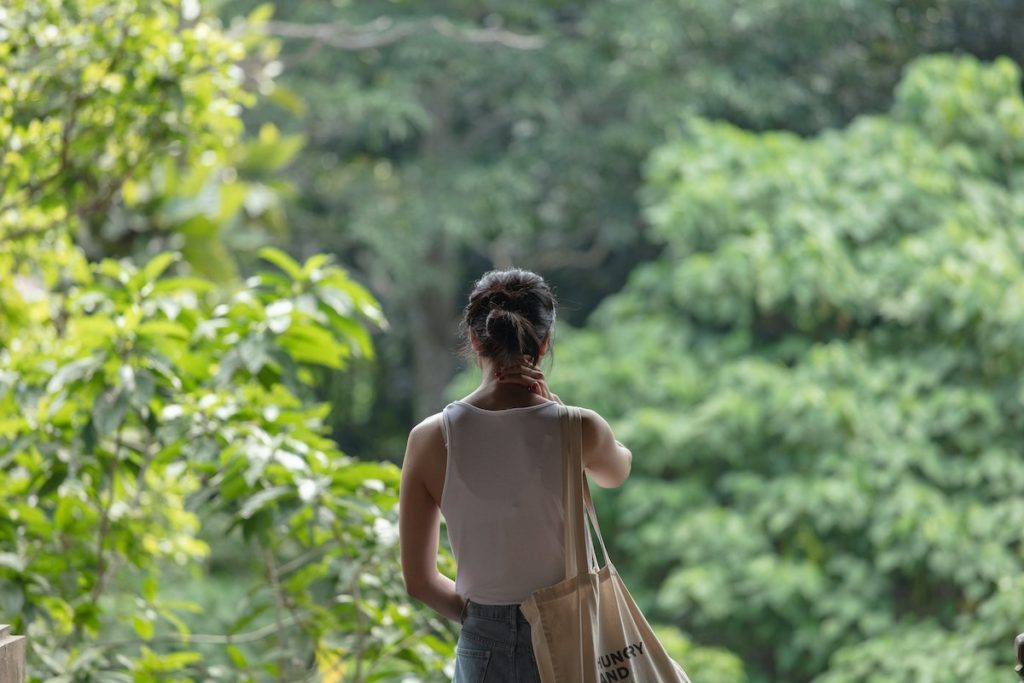The zero waste movement has gained global attention over the past 2 decades as our planet becomes overwhelmed by waste. But is “zero waste” really attainable?
Zero waste aims to send no waste to a landfill.
Many individuals have adopted the zero waste lifestyle, accepting the responsibility of reducing the waste they produce and choosing to buy sustainable products. As a result, businesses are implementing new ways to service the niche market. For example, offering package-free items, plastic-free product alternatives and accepting reusable containers for food and beverage takeaway.
The World Counts estimates that every year we dump 2.12 billion tons of waste on the planet. If all this waste was put on trucks it would go around the world 24 times! Included in the 2.12 billion tons of waste is single-use plastic products (cutlery, straws, bags), which end up in our water systems and landfills.
Worse yet, some plastics take hundreds to thousands of years to break down, and never really go away. Instead, they break down to form tiny pieces called microplastics. These microplastics are everywhere – in our oceans, rivers, soils, and air. They make their way up the food chain and are indirectly ingested by humans via the food and drink we consume. In fact, it is estimated that the average person consumes 5 grams of microplastics a week – about the size of a credit card.
The Zero Waste Hierarchy
So what can we do? For an individual, zero waste means reducing the amount you consume and the waste you throw away. Achieved by using the “R” principles: refuse, reduce, reuse, recycle, and rot.
The zero waste hierarchy prioritizes sustainable materials management of each category relative to another. Rethinking how you consume has the greatest impact in reducing your waste, followed by reducing the products you need and reusing the materials you have. Recycling materials you cannot refuse, reduce or reuse and composting your organic waste have the least amount of impact but are still important.
Zero Waste Goes Beyond the Consumer
Zero waste extends beyond the waste created by human consumption to include the waste created along a product’s entire production supply chain.
At the front end, producers must take responsibility for designing and manufacturing the waste out of their products. Consumers must participate in the proper disposal of a product at its end-of-life; by recycling or landfilling. Then, governments must standardize and enforce new policies to promote environmental and community health.
Zero waste focuses on a whole systems approach to redefine production and distribution systems to produce less waste. To conserve all resources by means of responsible production, consumption, reuse, and recovery of end-of-life materials.
ZWIA
The “Wasteberg” shows the importance of using a holistic approach to zero waste. It teaches for every 1 tonne of post-consumer waste generated 71 tonnes of pre-consumer waste is generated. Just as an iceberg looks small at the surface, underneath it spans a much larger area. Thus, post-consumer waste accounts for a fraction of the total waste produced, with most waste generated further up the supply chain. Which consumers indirectly support when buying more than they need and supporting businesses with bad waste practices.
How You Can Get Started
So, the goal is not “zero waste.” Rather, it’s the journey an individual will take to consume less and reduce the waste they create. It’s a unique path taken to change behaviours within budget and lifestyle. Here are some suggestions on how you can get started.
- Commit to becoming aware of how you consume.
- Use the R principles, mentioned above and detailed in What is the Circular Economy? as a guide to becoming a conscious consumer.
- Identify the behaviour you want to change. For example, learn to repair an item or find a sustainable product alternative.
- Set your goal: the behaviour you will change, the length of time, and the new behaviour you replace it with. For example, if you buy coffee or eat takeaway lunch 5 days a week, commit to preparing your coffee or lunch 3 times a week, for 4 weeks to decrease your single-use waste by up to 60% per week.
- Be patient. Zero waste happens over time – enjoy the process!
What change have you committed to? I’d love to hear from you! Hearing your feedback will help inspire new ideas of how The Circular Consumer can inform and grow the zero waste community! Reach out via email or Instagram.

